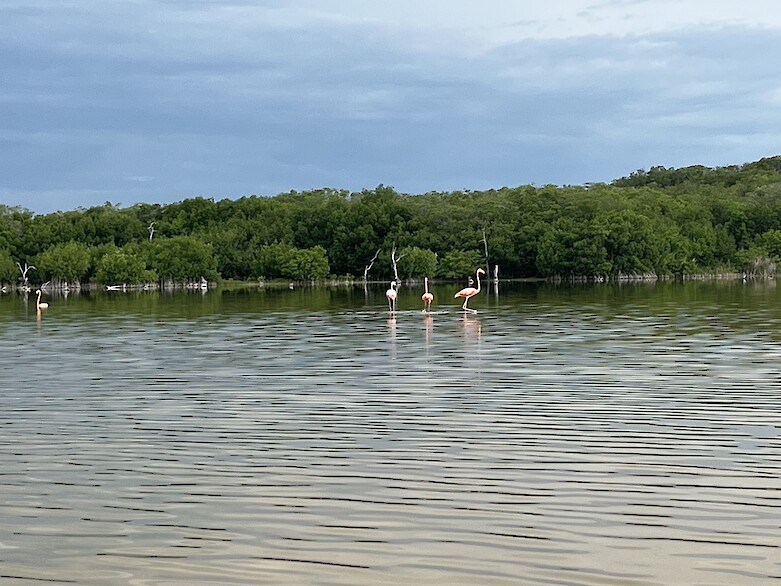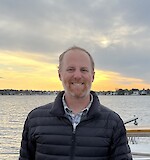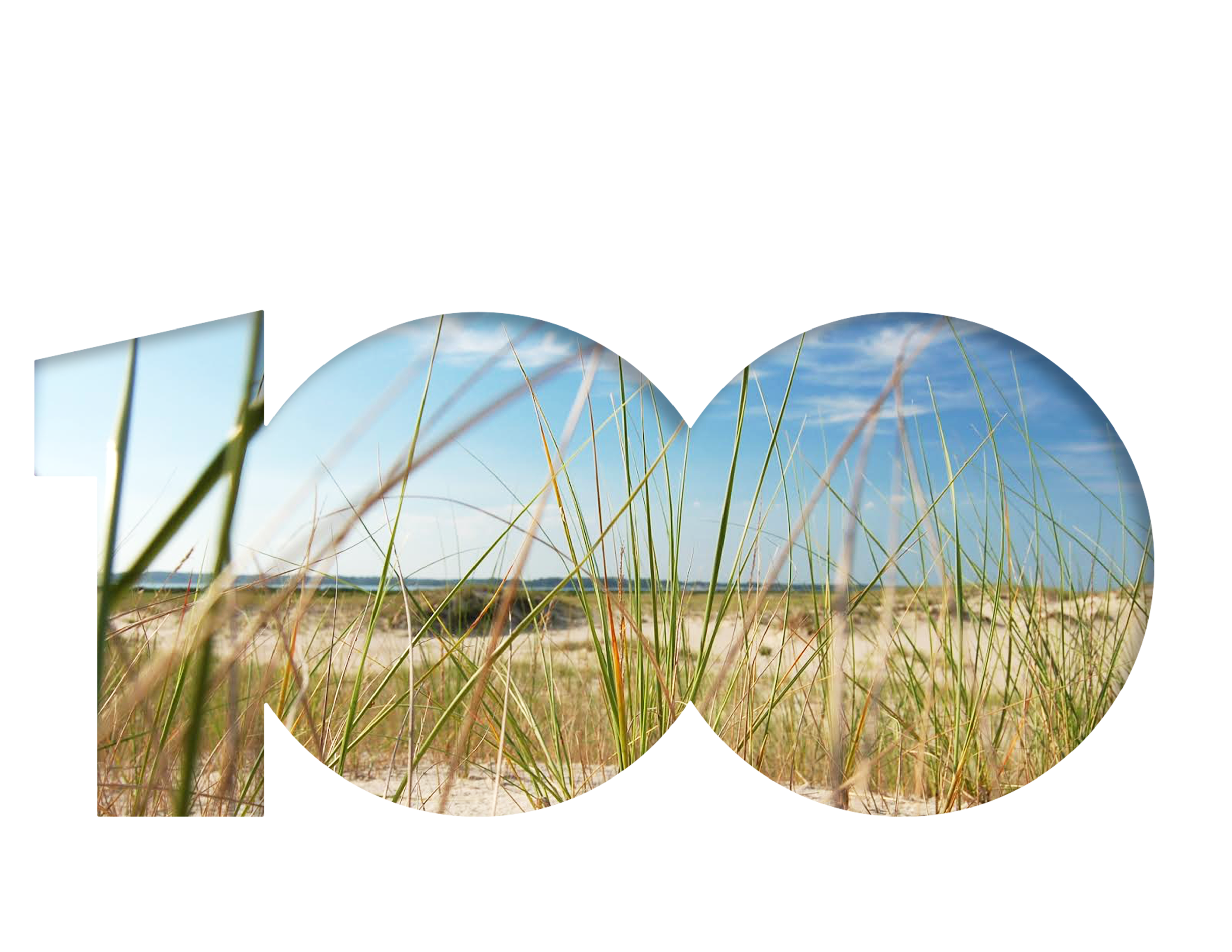The Second International Coastal Resilience Symposium
Conor Keitzer ·The 2nd International Coastal Resilience Symposium was hosted by the National Coastal Resilience Laboratory (LANRESC) in Mérida, Yucatán, Mexico, from September 2-5, 2025. This symposium brought together over 200 researchers, managers, and practitioners to share their work and make connections with colleagues working to create more resilient coastal ecosystems and communities. Thematic sessions included—1) The role of ecosystem services in building resilience, 2) Impact of global change on coastal systems, 3) Nature-based solutions for coastal resilience, 4) Resilience in coastal communities, 5) Citizen science and low-cost monitoring strategies, 6) Tools for science communication, 7) Resilience and sustainability of coastal economies, and 8) Public policies and governance.
One of the common themes that emerged across the four days of presentations and panels is the need for transdisciplinary approaches to create sustainable and resilient coastal systems. The influence of the United Nations’ Sustainable Development Goals was clear throughout the symposium, and there was a widespread recognition of the need for healthy ecosystems, economies, and communities to create resilient coasts. Conference attendees are bringing powerful statistical and modelling approaches, such as systems dynamic modelling and social network analysis, to understand these complex socio-ecological systems and inform management and policy.
I was also encouraged by the many examples of smaller-scale community projects that were shared. As someone who believes strongly in the power of local action to make positive change, this is something that resonated deeply with me. Addressing the challenge of climate change will require action across scales and sectors, so it was inspiring to learn about the success of many of these community-level projects.
A highlight of the trip was visiting a mangrove wetland near the coastal community of Sisal. This restored mangrove had been nearly wiped out 30 years ago, but is now a powerful example of creating coastal resiliency. Not only does it shield coastlines from storms, but it also contributes to the local economy through ecotourism, is home to iconic species like flamingos, and is soon to become an outdoor education center. Nature-based solutions like these show how healthy ecosystems can help build resilient communities.

A mangrove wetland near Sisal supports the local economy through ecotourism and provides many other valuable ecosystem services. We saw dozens of flamingos, but during the breeding season there can be thousands.
Despite the significant headwinds we are facing right now, the energy and dedication at the symposium were inspiring. It was wonderful to learn about new and exciting work that is building resilient coasts for people and the environment. The whole experience gave me a boost, and I am excited to bring what I learned to our resilience work at IAN.
About the author
Conor Keitzer

Conor earned his Ph.D. in Fisheries and Aquatic Sciences from Purdue University (2013), his M.S. in Biology from Marshall University (2007), and his B.S. in Wildlife Ecology and Conservation from the University of Florida (2004). His research has mostly focused on freshwater ecology and conservation, but he is broadly interested in helping organizations make data-informed decisions to improve sustainability. Before joining UMCES, he was the lead data analyst for a Western Lake Erie Watershed conservation project at the Ohio State University's Aquatic Ecology Lab (2013-2016) and an Associate Professor of Environmental Science at Tusculum University (2016-2022). Conor enjoys hobbies that get him outside, following Liverpool F.C., and baking bread.

